The number of landlords peaked at 2.88 million in 2017, but tax and regulatory changes have caused some landlords to sell up and leave the sector.
By 2019, there were 2.66 million landlords in Great Britain, 8% fewer than the 2017 peak, which means that the number of landlords has fallen to the lowest level in seven years when there were 2.58 million landlords in Great Britain.
Despite the drop in the number of landlords in the PRS, the average landlord now owns more properties.
The average landlord in Great Britain owned 1.93 buy-to-let properties last year, the highest level since 2009 when the average landlord owned 2.02 properties.
Last year 30% of landlords owned more than one buy-to-let property, the highest proportion on record, which is up from 21% in 2016 when many of the tax and regulatory changes were announced and is double the proportion recorded a decade ago when 15% of landlords owned multiple buy-to-let.
Table 1 – Landlords with multiple properties
|
|
Landlords with multiple properties
|
|
2005
|
14%
|
|
2006
|
15%
|
|
2007
|
16%
|
|
2008
|
16%
|
|
2009
|
15%
|
|
2010
|
14%
|
|
2011
|
15%
|
|
2012
|
16%
|
|
2013
|
18%
|
|
2014
|
19%
|
|
2015
|
20%
|
|
2016
|
21%
|
|
2017
|
27%
|
|
2018
|
28%
|
|
2019
|
30%
|
Source: Hamptons International
Aneisha Beveridge, head of research at Hamptons International, said: “The number of landlords in the private rented sector has fallen to the lowest level in seven years. While 222,570 landlords have left the sector since 2017 due to tax and regulatory changes, those who have stayed tend to have bigger portfolios – a further sign that the sector is professionalising. The average landlord in Great Britain owned 1.93 properties last year, the highest level since 2009.
“Rents rose in every region across Great Britain in January to stand 3.6% higher than at the same time last year. The number of new homes purchased by landlords remains low, which is feeding through to fewer homes available to rent. This is particularly true in the South, where rents are rising the most.”
Landlords in the North East, where properties remain broadly affordable, had the largest portfolios.
The average landlord based in the North East owned 2.05 properties last year, closely followed by landlords based in Yorkshire & Humber, at 2.03 properties per landlord, and London at 2.01 properties per landlord.
Investors in Wales and Scotland were least likely to have big buy-to-let portfolios, with the average landlord letting out 1.83 properties in each region.
Table 2 – Portfolio size per region (2019)
|
Region
|
Properties per landlord (2019)
|
|
North East
|
2.05
|
|
Yorkshire and the Humber
|
2.03
|
|
London
|
2.01
|
|
East Midlands
|
1.99
|
|
West Midlands
|
1.93
|
|
South East
|
1.88
|
|
South West
|
1.88
|
|
North West
|
1.88
|
|
East of England
|
1.85
|
|
Wales
|
1.83
|
|
Scotland
|
1.83
|
Source: Hamptons International
Across Great Britain, average rents for new lets rose to £998 per calendar month (pcm) in January, up 3.6% on the corresponding period last year.
Rents continued to increase the most in the South West, up 6%, followed by the East at 4.1%, and Greater London, also at 4.1%.
Rents rose in every region, but Wales recorded the weakest rental growth at 1.2%.
Table 3 – Average rent of new lets (pcm)
|
Region
|
Jan-19
|
Jan-20
|
YoY
|
|
Greater London
|
£ 1,714
|
£ 1,783
|
4.1%
|
|
South West
|
£ 784
|
£ 831
|
6.0%
|
|
South East
|
£ 1,037
|
£ 1,070
|
3.2%
|
|
East
|
£ 943
|
£ 982
|
4.1%
|
|
Midlands
|
£ 678
|
£ 694
|
2.4%
|
|
North
|
£ 625
|
£ 646
|
3.3%
|
|
Scotland
|
£ 639
|
£ 653
|
2.2%
|
|
Wales
|
£ 652
|
£ 659
|
1.2%
|
|
Great Britain
|
£ 963
|
£ 998
|
3.6%
|
|
Great Britain (Excluding London)
|
£ 770
|
£ 797
|
3.4%
|
Source: Hamptons International
Want to comment on this story? If so...if any post is considered to victimise, harass, degrade or intimidate an individual or group of individuals on any basis, then the post may be deleted and the individual immediately banned from posting in future.




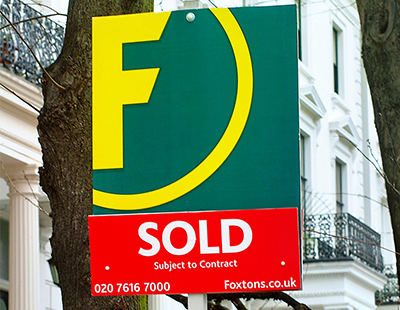
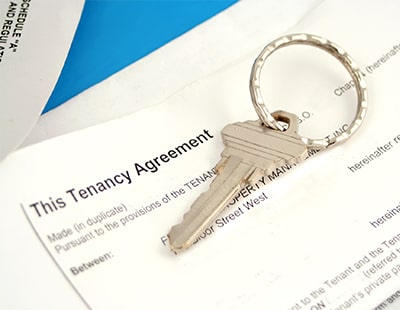
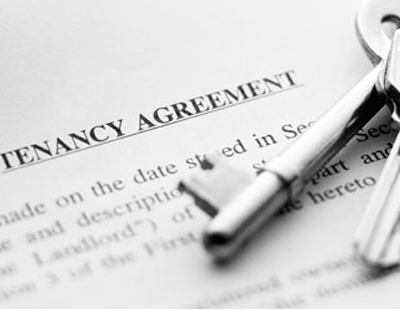








.jpg)
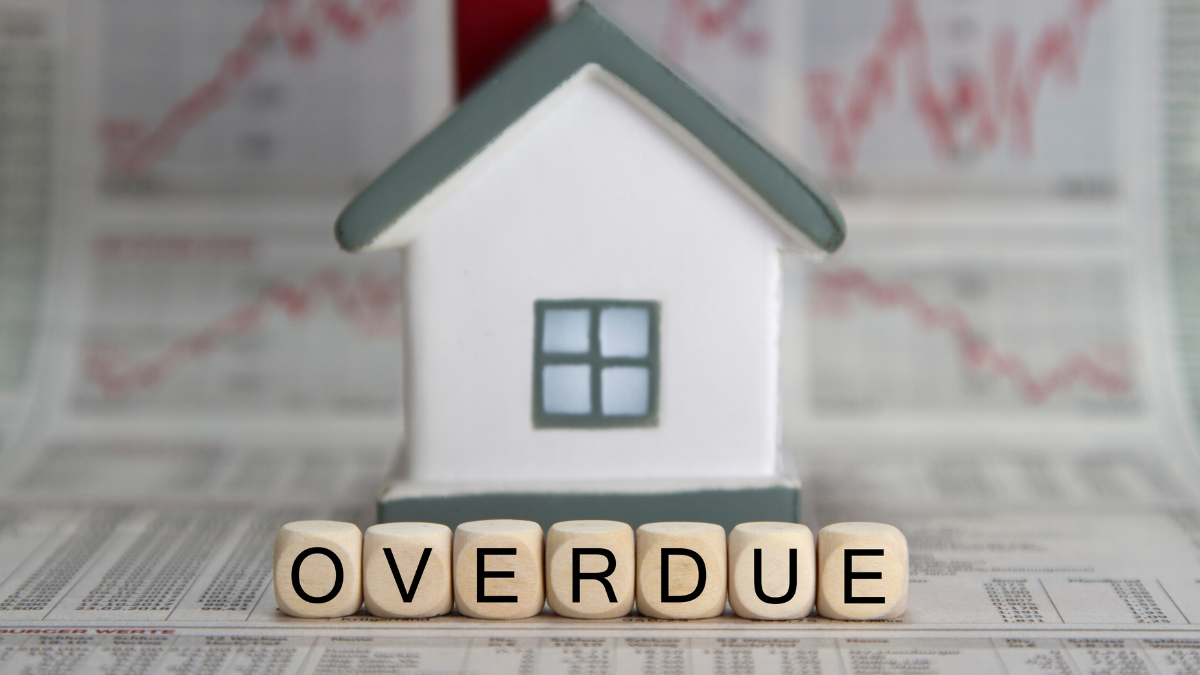



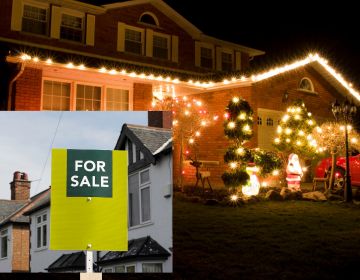




%20(002).png)




.png)






Join the conversation
Jump to latest comment and add your reply
Landlords need to spread their risk - but what if multiple properties all have rogue tenants advised by Shelter and the Council to stay put, even if they haven't paid rent for months? Rent evasion should be a criminal offence, not a civil matter, then Landlords might feel a bit more secure.
Courts should automatically approve attachment to earnings or to benefits, and CCJ. Tenants behaviour will improve if they know they can't do a four and get away scot-free.
As it is going to be made even harder to get rid of what are mostly rent defaulting tenants the business risk of being a LL especially a mortgaged one will become more untenable by the day.
Worse case scenario is a rent defaulting tenant could bankrupt a small mortgaged LL especially if the LL was unable to obtain on RGI on the now rent defaulting tenant.
It is the useless eviction process which makes being a LL a very risky business.
Making things even more difficult for a LL to repossess a property will just cause many LL to move away from AST lettings or sell up.
95% of evictions are for rent default so clearly if using S21 hardly a non-fault eviction.
Please login to comment